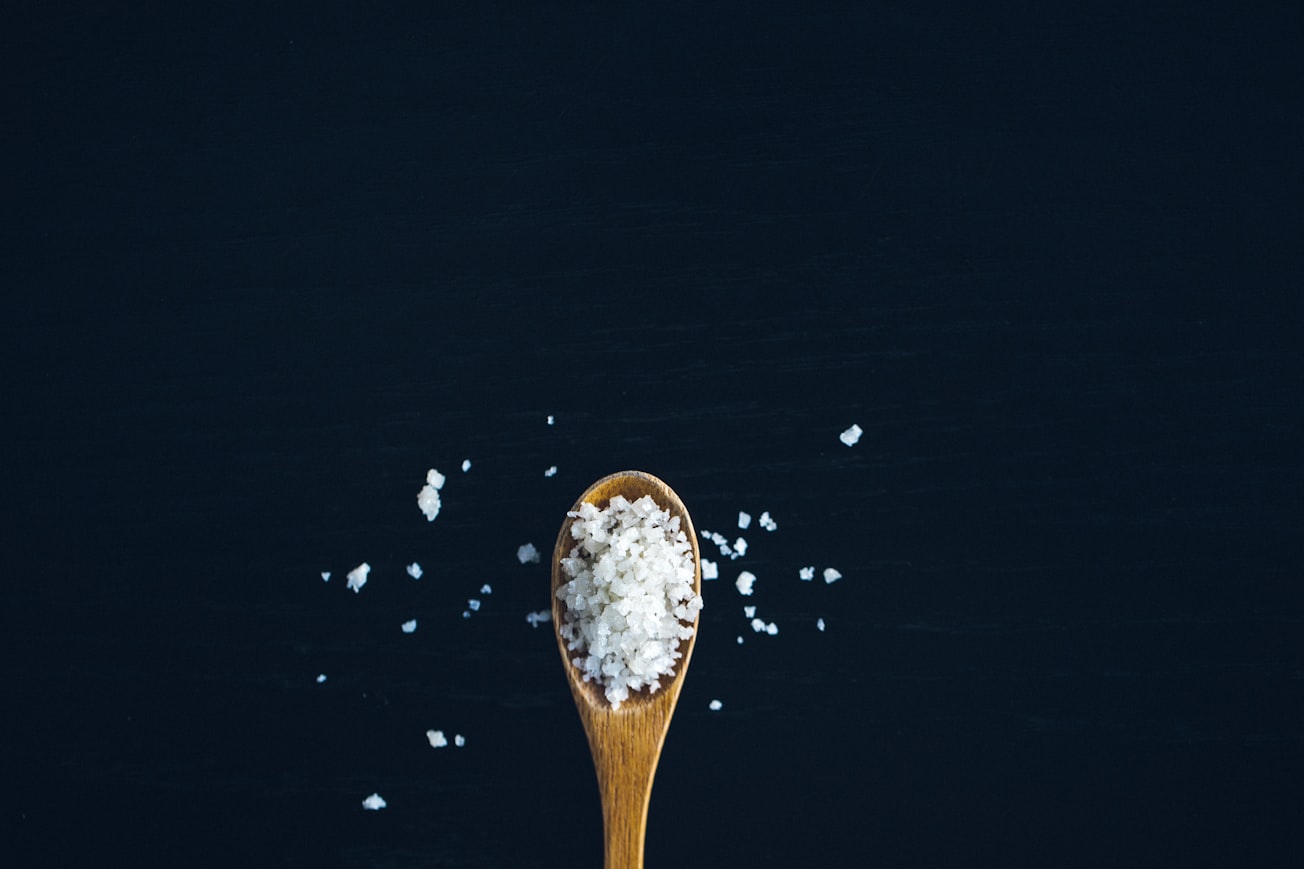What is it about?
Researchers have found a way to regulate how easy it is to open and close a tiny protein cage, bringing the promise of controllable nanoscale drug delivery systems a step closer. Due to COVID-19 everyone is now familiar with the idea of delivering mRNA to cells. This is one example of what many believe to be the future of therapeutics: Drugs will increasingly become large biological molecules such as RNA, DNA and proteins. These molecules offer the promise of more sophisticated, effective treatments often curative or preventative. However, these so-called biological macromolecules are often very fragile and easily broken down and deactivated. The challenge is how to protect them until they reach the site in the body where they are required. Putting them inside a protein cage is one possibility but protein cages are usually very stable meaning that it takes very harsh conditions to break them apart – such conditions would also destroy the therapeutic cargo. Recently a type of hollow, naturally occurring protein cage called ferritin has been discovered that actually breaks apart only in very mild conditions – simply a change in the concentration of salt. In the recently published work led by Mantu Kumar from the laboratory of Prof. Jonathan Heddle showed that changing a single amino acid in the protein could abolish the salt dependence while other changes had intermediate effects, raising the prospect that the conditions in which the cage opened could be fine-tuned.
Featured Image

Photo by Jason Tuinstra on Unsplash
Why is it important?
The work fills in a a useful piece of information, a part of the puzzle of how to fully control protein cages for drug delivery so that they go where we want and do what we want. This could lead to "smart" drug delivery systems that can take toxic drugs to point of need and only then release them to kill diseased cells, reducing side effects.
Read the Original
This page is a summary of: A single residue can modulate nanocage assembly in salt dependent ferritin, Nanoscale, January 2021, Royal Society of Chemistry,
DOI: 10.1039/d1nr01632f.
You can read the full text:
Resources
Contributors
The following have contributed to this page







